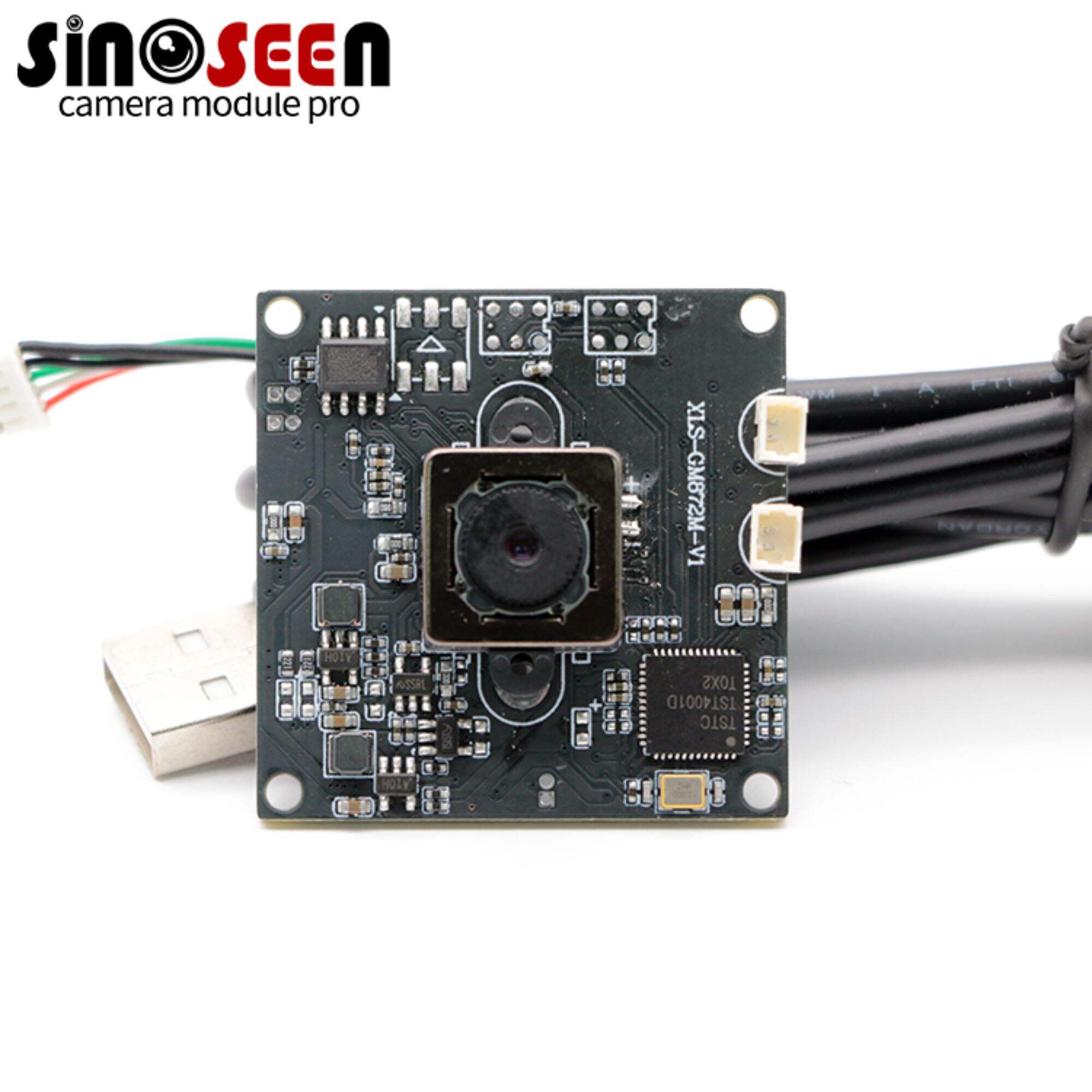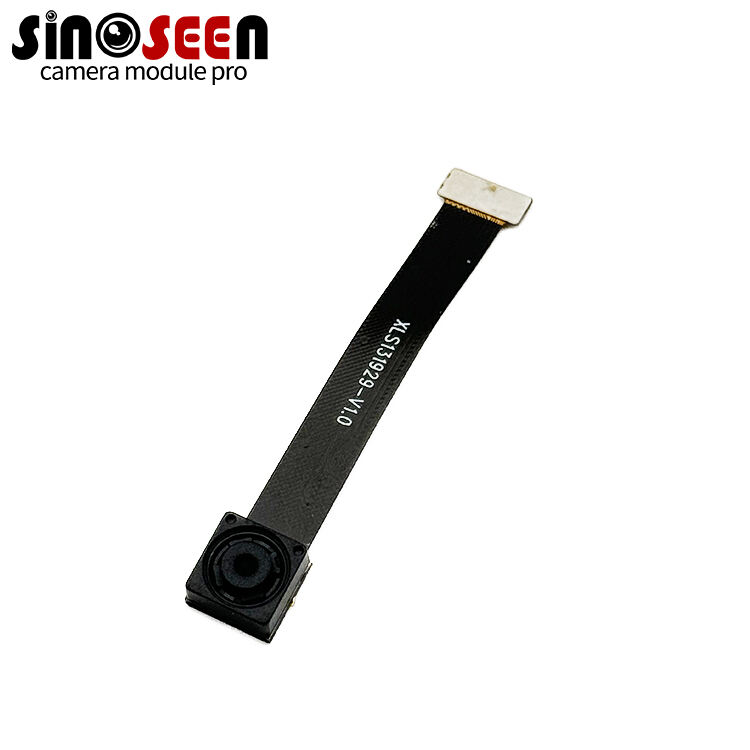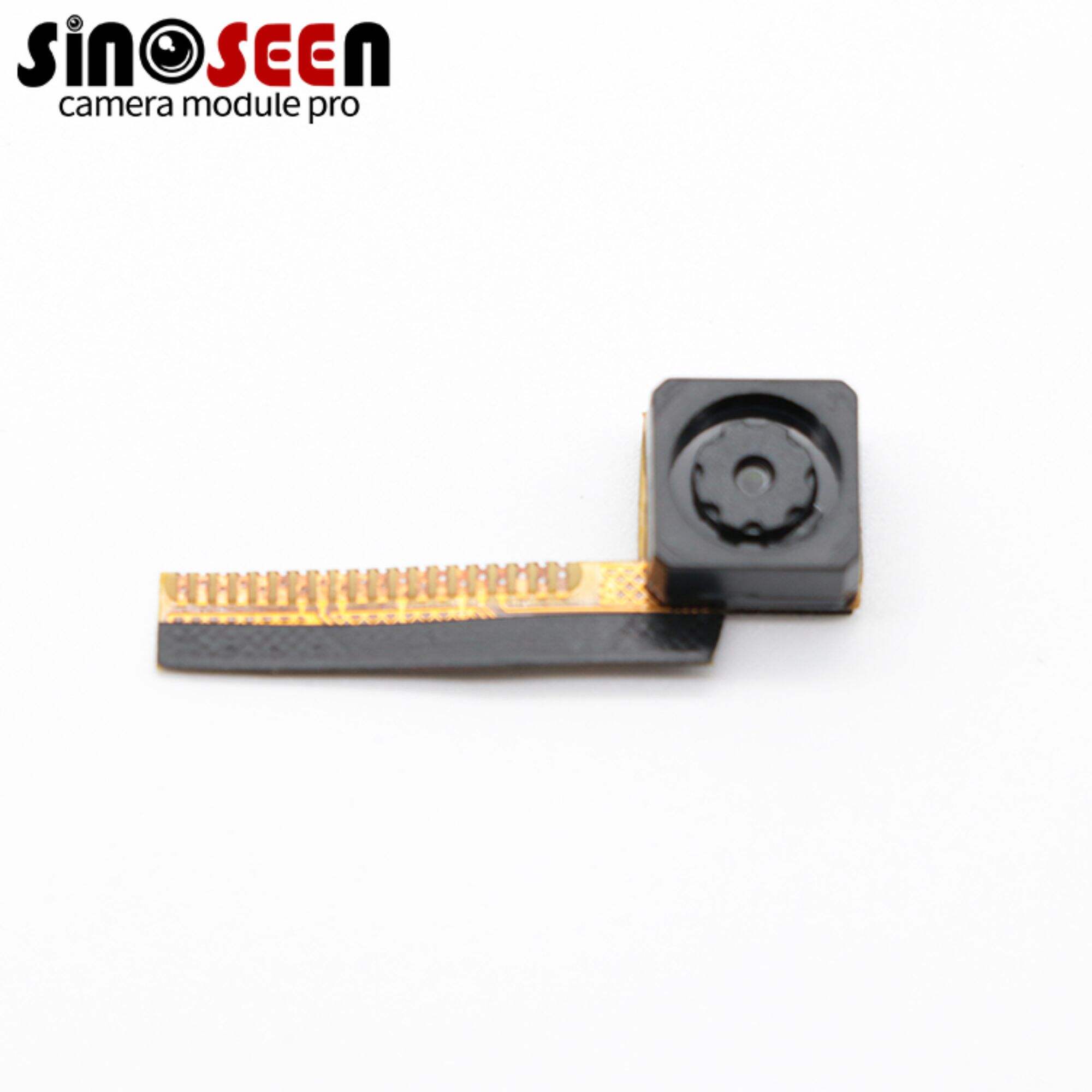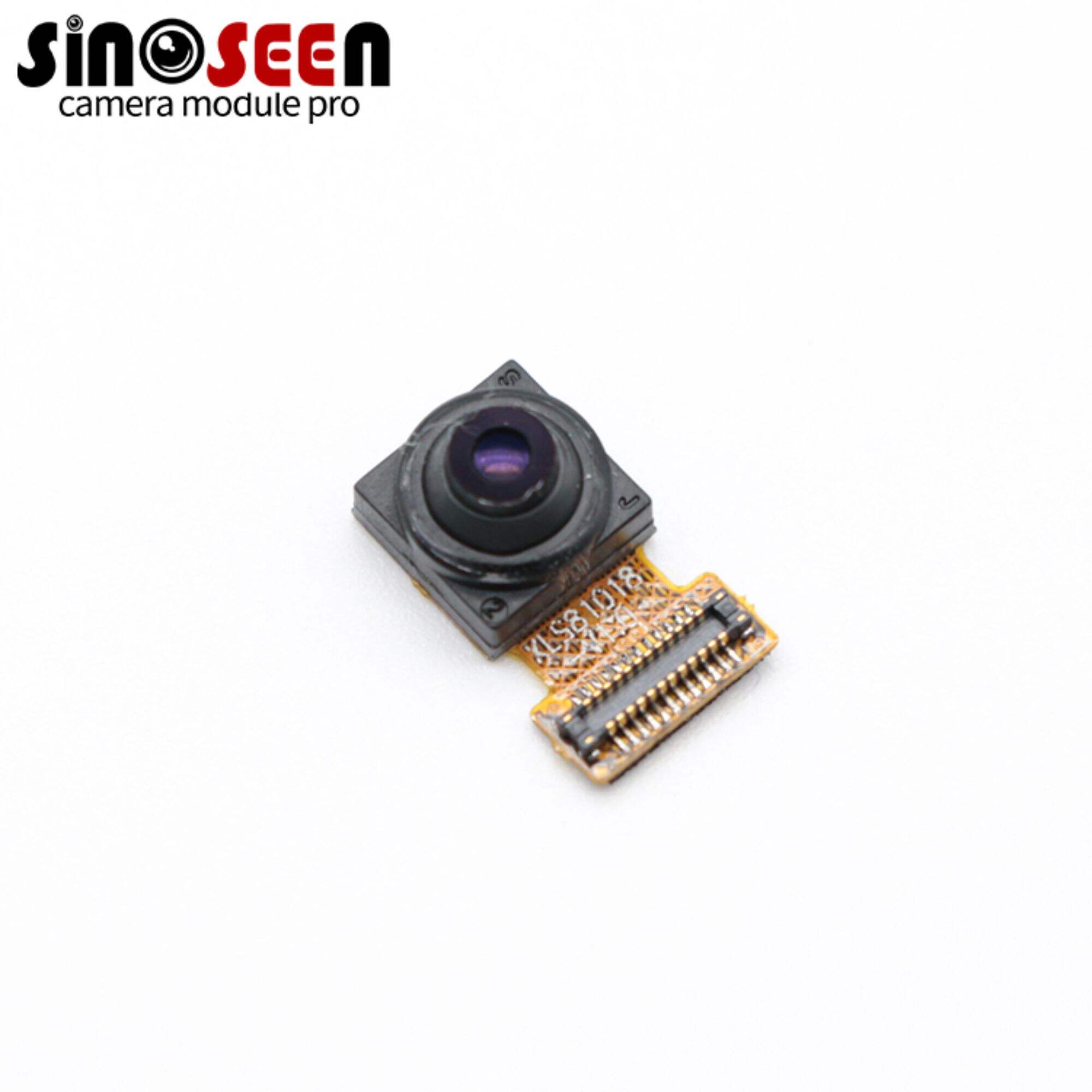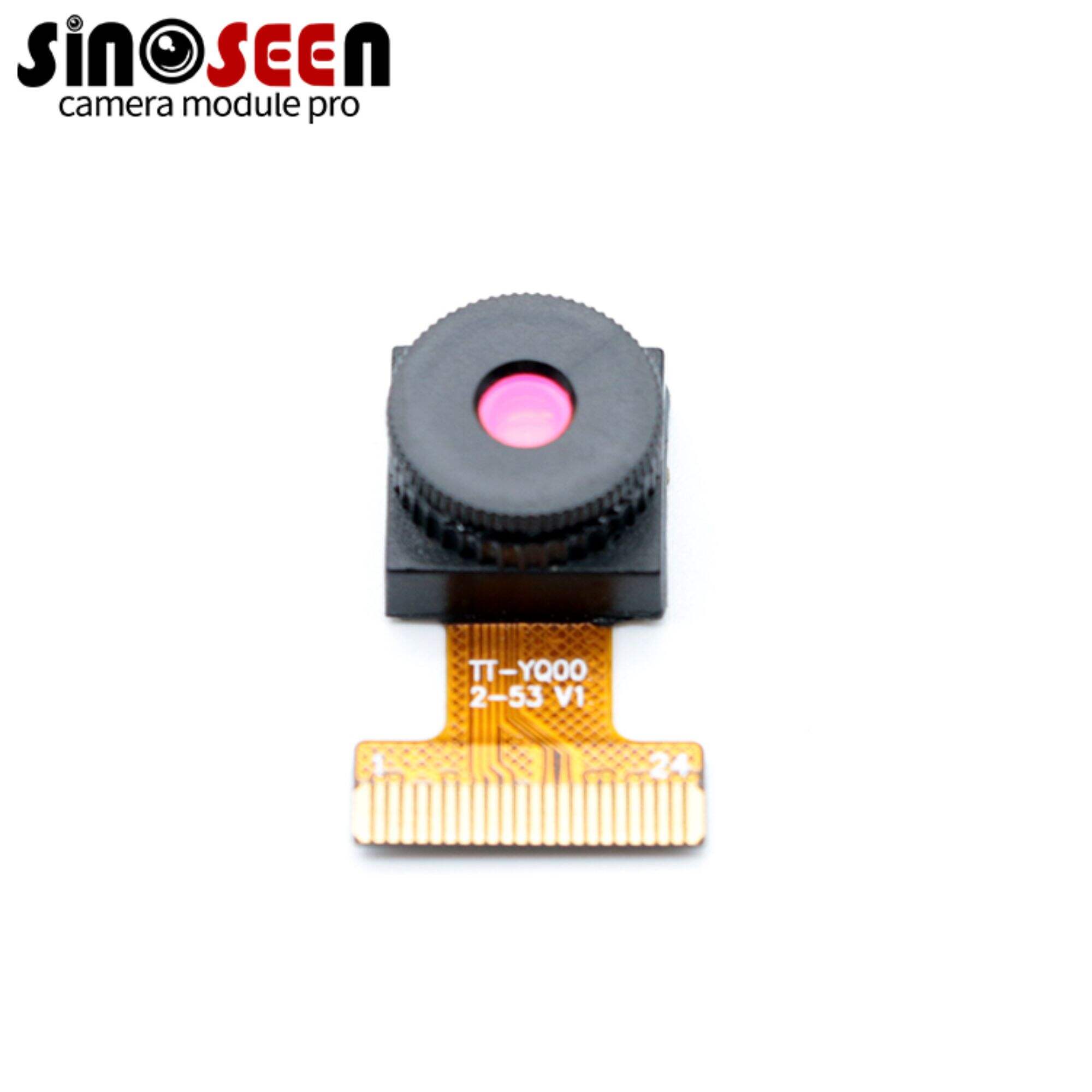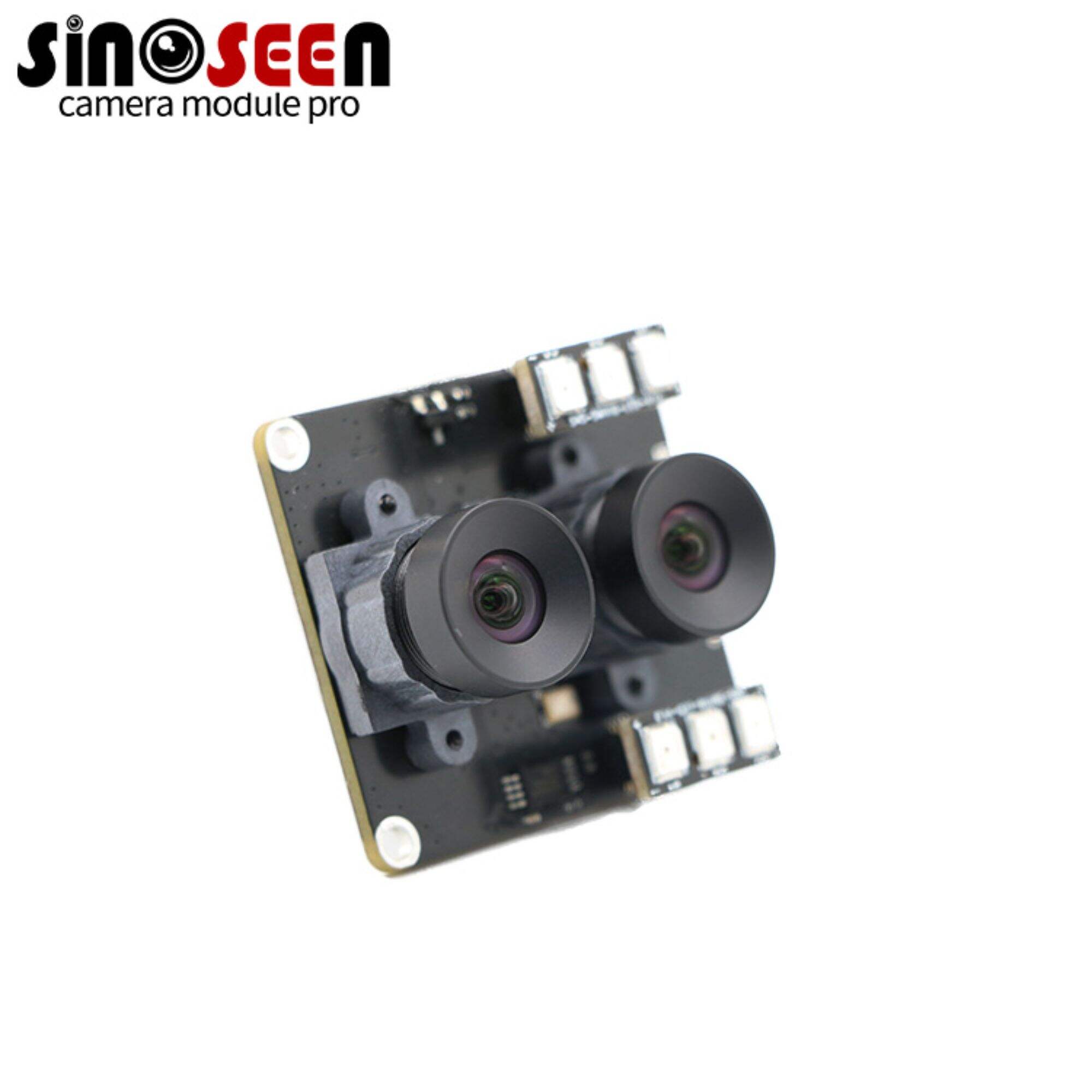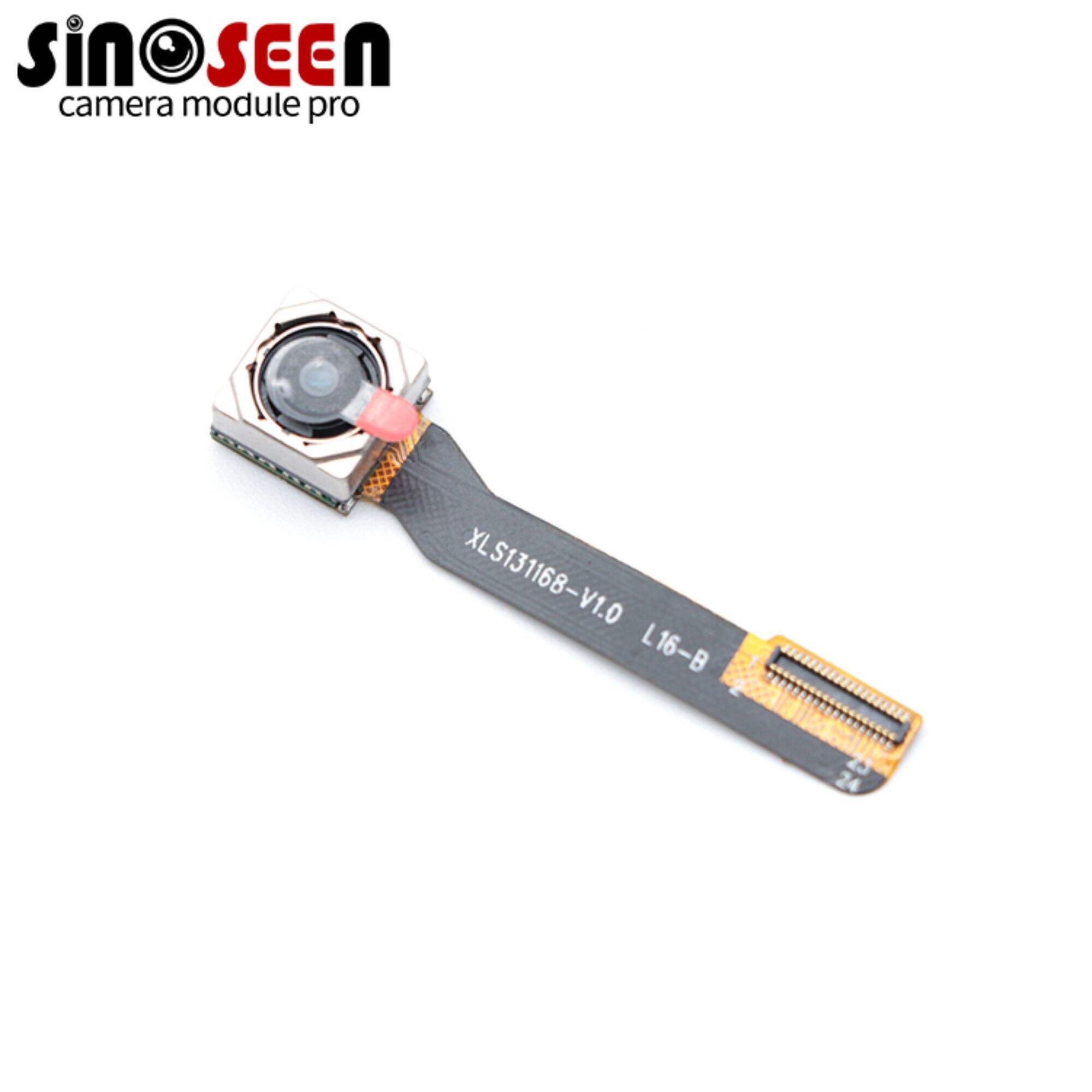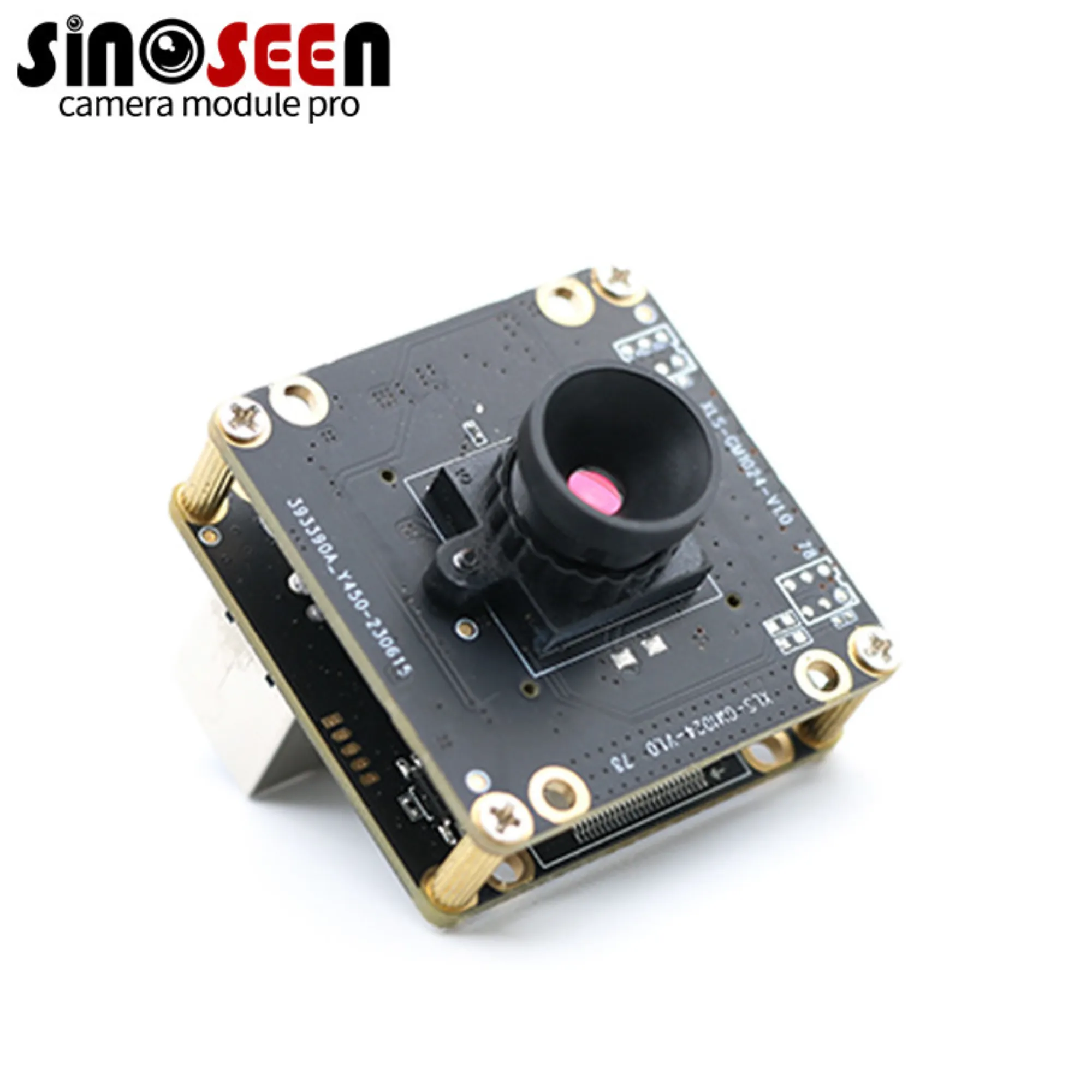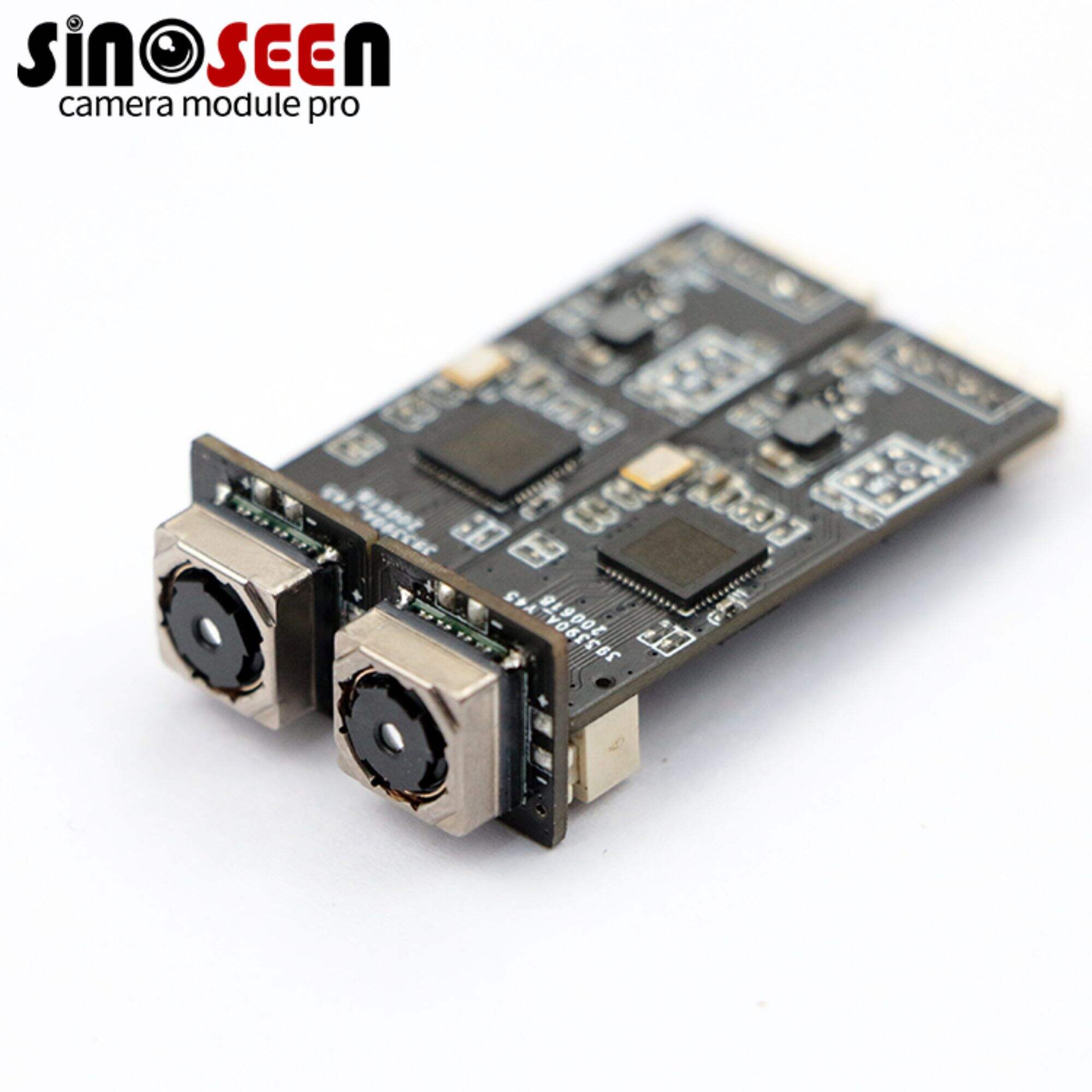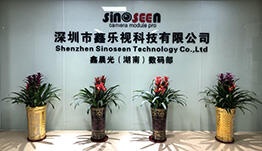4K Camera Modules: Enabling Ultra-HD Video Capture in Various Devices
Applications of 4K Camera Modules in Modern Devices
Enhancing Medical Imaging with Endoscopic Solutions
4K camera modules are crucial in enhancing medical imaging through endoscopic procedures. By providing high-resolution images, they significantly aid in accurate diagnoses, helping medical professionals observe internal structures with clarity. This high level of visibility is especially beneficial for minimally invasive surgeries, resulting in higher success rates and quicker patient recovery times. For instance, evidence indicates that hospitals incorporating 4K imaging technology have reported a noticeable reduction in complication rates during surgical interventions, showcasing the tangible benefits of these advanced imaging solutions.
Powering Security Systems and Night Vision Capabilities
In the realm of security systems, 4K camera modules stand as a revolutionary advancement. They're pivotal in offering crystal-clear surveillance footage, enhancing the ability to monitor environments comprehensively. When integrated with night vision capabilities, these modules excel in low-light conditions, ensuring consistent and reliable monitoring around the clock. Studies have demonstrated that the adoption of these enhanced surveillance technologies correlates with a reduction in crime rates by as much as 30% in areas equipped with such systems. This statistic underscores the impact and necessity of upgrading to 4K security camera technology, especially for night vision applications like security patrols and wildlife observation.
Revolutionizing Consumer Electronics and Drones
The integration of 4K camera modules into consumer electronics has dramatically uplifted video quality in devices such as smartphones and tablets. This enhancement allows users to capture and enjoy high-definition content, elevating their everyday experiences. Similarly, drones equipped with 4K cameras have revolutionized aerial photography, delivering breathtaking visuals that appeal to both professionals and hobbyists. Market forecasts suggest that the use of drones with advanced camera modules is expected to grow by more than 25% in the next five years. This growth can be attributed to the increasing demand for high-quality imagery and video, which these modules proficiently deliver.
Technical Advancements in Ultra-HD Capture Technology
Sensor Innovations for Low-Light Performance
Recent advancements in sensor technology have transformed how 4K camera modules perform in low-light environments. These innovations focus on improved sensor designs and enhanced pixel performance, which play a crucial role in producing clear, noise-free images even when lighting conditions are less than ideal. Research indicates that these capabilities are critical for diverse applications, ranging from wildlife observation to enhancing security measures. By integrating features from modules like the OV2640 camera module or those designed for maritime navigation, we see how advancements contribute to richer image quality and broader applicability across different sectors.
HDR and Frame Rate Optimization Strategies
High Dynamic Range (HDR) technologies have significantly elevated the performance of 4K camera modules by offering better contrast and color accuracy under varying lighting conditions. Such advancements were aptly demonstrated by e-con Systems' See3CAM_CU81, which utilizes HDR to bring out details even in high-contrast scenes. Furthermore, optimizing frame rates in these modules ensures smoother video quality, which is essential for capturing fast-paced environments. Technical reports suggest that integrating HDR-enabled 4K modules can enhance viewer experiences by over 40% in video quality, solidifying their importance in applications like sports broadcasting and smart surveillance.
Compact Designs for Space-Constrained Applications
The demand for compact 4K camera modules is rising, thanks to their ability to seamlessly integrate into space-constrained environments such as IoT devices. These small form-factor designs ensure that performance is not compromised, making them suitable for integration into a wide array of technologies. Interestingly, market trends highlight an increasing demand for these compact cameras, especially within smart home systems and wearable technology. Their flexibility extends practical applications while maintaining the high-resolution imaging capabilities necessary for next-generation tech development.
Sinoseen's OEM 4K Camera Module Solutions
Endoscopic 30FPS Module for Dental Imaging
Sinoseen offers an innovative OEM 30FPS endoscopic camera module tailor-made for dental imaging. This module is specifically designed to provide crystal-clear visuals crucial for accurate diagnostics, enhancing the precision in dental treatments. Recent clinical trials have demonstrated that superior imaging quality significantly impacts the effectiveness of dental interventions, leading to increased patient satisfaction. Our advanced OEM 4K camera module facilitates enhanced visualization of oral structures, aiding dental professionals in identifying critical details that might otherwise go unnoticed.
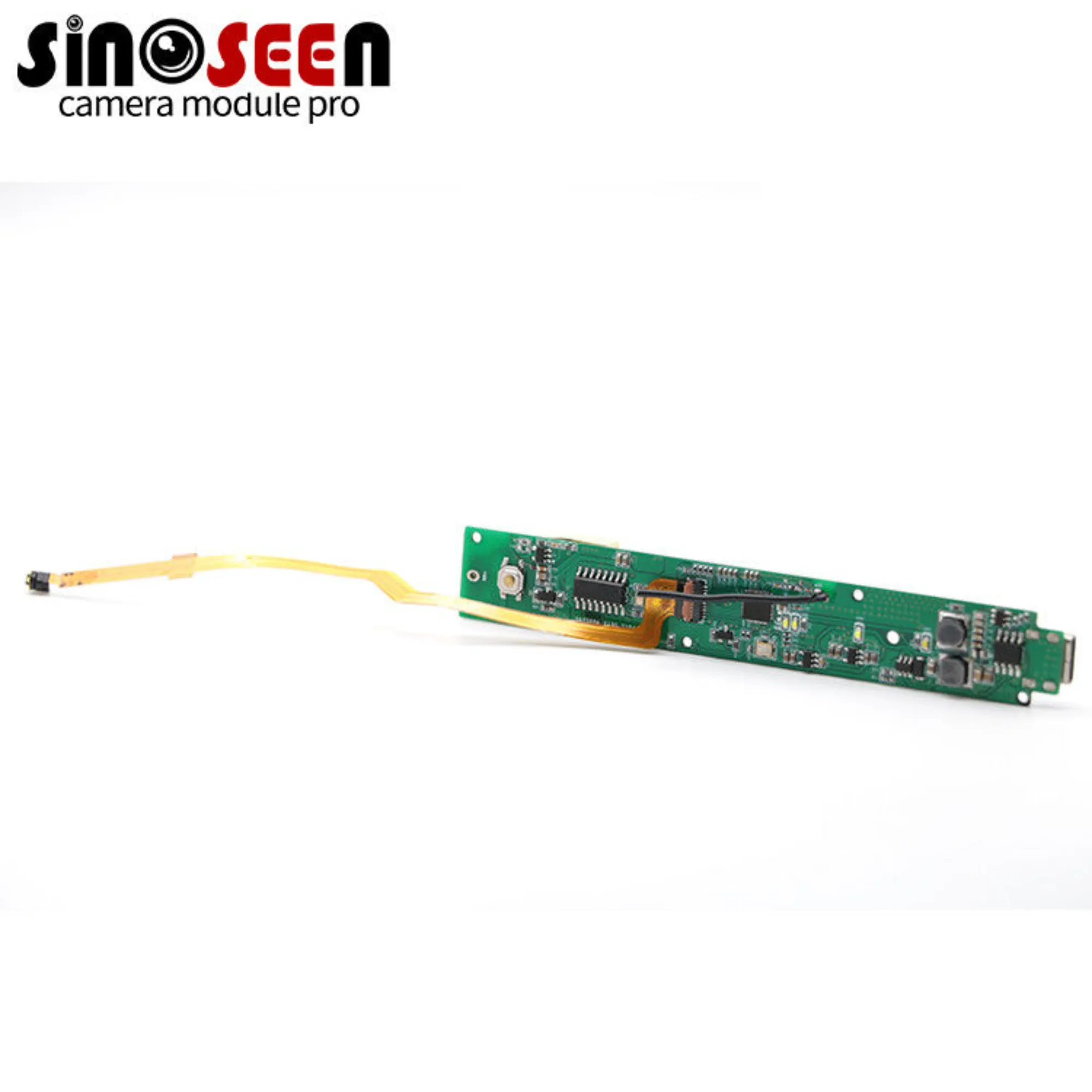
Monochrome 120FPS Module for AI/Robotics
The monochrome 120FPS camera module from Sinoseen is expertly crafted for cutting-edge AI and robotics applications. This module is engineered to handle the demanding processing requirements of advanced robotics and AI systems, offering rapid data acquisition essential for applications like autonomous vehicles and drones. Feedback from the industry highlights how integrating such high-performance monochrome camera modules can substantially boost the capabilities of AI-driven systems, particularly in real-time analysis and decision-making processes.
Selecting the Right 4K Camera Module
Balancing Resolution and Frame Rate Requirements
Selecting the right 4K camera module demands a careful evaluation of both resolution and frame rate, tailoring the choice to the specific application. Different scenarios have distinct requirements; for example, a content creator may prioritize high resolution for capturing detailed imagery, while a security system might need a high frame rate for smooth video playback to accurately analyze real-time movements. Expert recommendations suggest testing various combinations to find the perfect balance for a specific project, combining the finest points of resolution and frame rate tailored to your needs. This approach ensures that neither detail nor fluidity is compromised, ultimately leading to an optimized outcome for your application.
Interface Compatibility: MIPI vs USB 3.1
When selecting a 4K camera module, understanding interface compatibility is crucial, particularly the differences between MIPI and USB 3.1. Each interface has distinct characteristics that can significantly affect the system's performance. MIPI interfaces are typically preferred for mobile and embedded applications, given their low power consumption and high-speed capability. On the other hand, USB 3.1 is celebrated for its broad compatibility and high data transfer rates suitable for desktop applications. Comparative studies reveal that selecting the right interface can dramatically impact the overall efficiency and functionality of your system, making it a pivotal decision in the selection process.
Customization for Specific Use Cases
Customization options enable businesses to fine-tune 4K camera modules to meet specific needs, improving overall functionality. This process might involve modifying lens types, sensor configurations, and the overall design to enable better integration into existing systems. Tailoring a camera module to particular requirements can significantly enhance both performance and user satisfaction. Industry case studies frequently illustrate how customized solutions not only meet unique client needs but also offer a competitive edge, demonstrating improved reliability and efficiency across a range of applications, from wildlife observation to industrial automation.
Future Trends in Ultra-HD Imaging
AI Integration for Smart Surveillance
The integration of AI technologies in 4K camera modules is set to revolutionize surveillance applications, providing smarter and more efficient monitoring systems. By using AI algorithms, these modules can analyze video feeds in real-time, identifying anomalies and potential threats without the need for constant human oversight. This not only enhances security but also optimizes resource allocation. Industry forecasts suggest that the AI-enhanced surveillance market will grow exponentially over the next few years, driven by the demand for more sophisticated security solutions.
Thermal and Night Vision Enhancements
Advancements in thermal imaging and night vision technologies have significantly elevated the functionalities of 4K camera modules, particularly in challenging environments. These enhancements transform the way we conduct surveillance in complete darkness, offering reliable monitoring for security and defense applications. Thermal imaging, in particular, is seeing increased demand due to rising global security concerns. According to market statistics, the sector is projected to grow substantially as these technologies continue to improve and become more accessible for various industries.
Miniaturization in Industrial Applications
As industries shift towards compact and efficient equipment, the trend of miniaturization is reshaping the design of 4K camera modules. These smaller, highly efficient modules are now being developed for precise imaging applications in fields like manufacturing, logistics, and automation. The demand for compact camera technology is primarily driven by the necessity for detailed imaging in confined spaces within industrial settings. This transition is well-documented, with research indicating that miniaturization will play a crucial role in the future of industrial imaging solutions.

 EN
EN
 AR
AR
 DA
DA
 NL
NL
 FI
FI
 FR
FR
 DE
DE
 EL
EL
 HI
HI
 IT
IT
 JA
JA
 KO
KO
 NO
NO
 PL
PL
 PT
PT
 RO
RO
 RU
RU
 ES
ES
 SV
SV
 TL
TL
 IW
IW
 ID
ID
 SR
SR
 VI
VI
 HU
HU
 TH
TH
 TR
TR
 FA
FA
 MS
MS
 IS
IS
 AZ
AZ
 UR
UR
 BN
BN
 HA
HA
 LO
LO
 MR
MR
 MN
MN
 PA
PA
 MY
MY
 SD
SD

